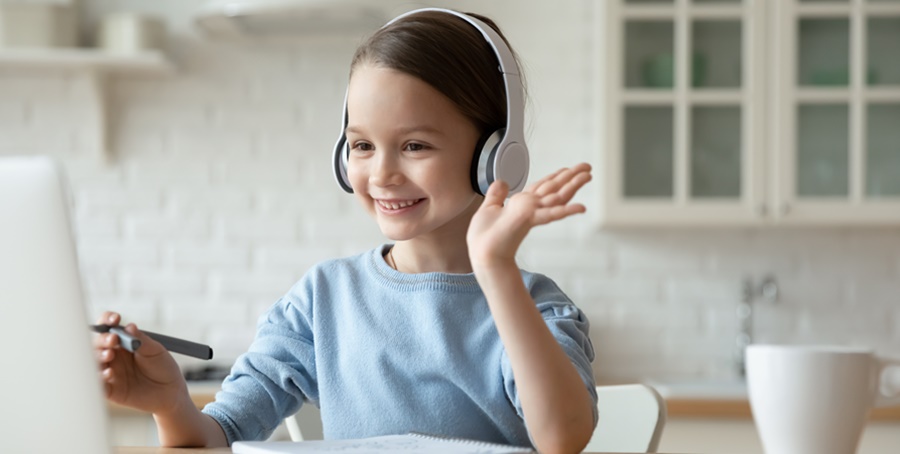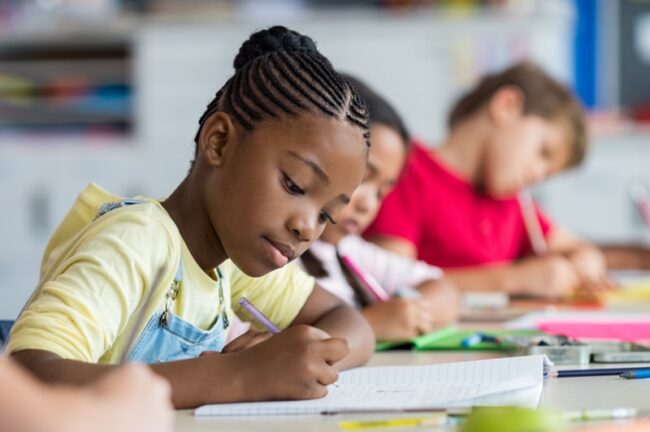
The ability to learn and acquire knowledge is an inherent characteristic that is found in all human beings, regardless of age. However, the rate at which children’s brains learn best is significantly higher than that as adults. This is because children’s brains are still developing and maturing, making them more receptive to new information and able to process it at an accelerated rate.
Neural Connections and Plasticity
One of the key characteristics of children’s brains is their remarkable ability to establish and to strengthen neural connections. The process of forming neural connections, known as plasticity, allows children’s brains to absorb and process information more efficiently. This plasticity allows children to learn new concepts and skills quickly and effortlessly, as they have the ability to rewire their neural connections to accommodate new information.
Active Learning
Children’s brains thrive in an environment that fosters active learning. They learn best when they are actively engaged in the learning process, rather than passively receiving information. This involves hands-on activities, experiments, and opportunities for exploration and discovery. When children actively participate in their learning, they are more motivated and retain knowledge for longer periods of time.
Multimodal Learning
Children’s brains are highly receptive to information coming in through various sensory channels. They learn best when the information is presented in a multimodal format, incorporating visual, auditory, and kinesthetic elements. This multimodal approach engages multiple senses and helps children grasp concepts more effectively. By integrating different learning styles, children’s brains can process information more efficiently and remember it more effectively.
Clear and Simplified Communication
Children’s brains are still developing and have not yet fully developed the cognitive skills required to understand complex ideas. Therefore, it is crucial to communicate information to them in a way that is clear and concise. When instructions are simplified and broken down into smaller, more manageable chunks, children’s brains can more easily process and retain the information. Additionally, using visual aids and real-life examples can also help children’s brains better understand and retain new information.

Encourage Curiosity and Questioning
Children’s brains are naturally curious and possess an innate desire to learn and understand the world around them. To maximize their learning potential, it is important to foster an environment that encourages curiosity and questioning. By creating opportunities for exploration, providing meaningful explanations, and valuing their inquiries, children’s brains will be engaged and stimulated to learn in a deeper and more meaningful way.
In conclusion, children’s brains have unique qualities that enable them to learn best in an active, multimodal, and clear manner. By providing an environment that fosters curiosity, encourages questioning, and incorporates visual and sensory elements, we can optimize children’s learning experience and set them up for success in their educational journey.